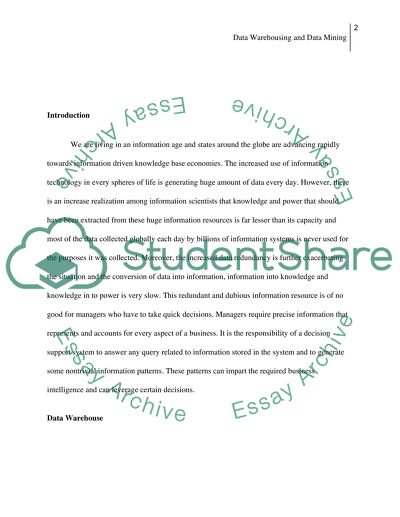Cite this document
(“Data Warehousing and data mining Research Paper”, n.d.)
Retrieved de https://studentshare.org/information-technology/1392752-data-warehousing-and-data-mining
Retrieved de https://studentshare.org/information-technology/1392752-data-warehousing-and-data-mining
(Data Warehousing and Data Mining Research Paper)
https://studentshare.org/information-technology/1392752-data-warehousing-and-data-mining.
https://studentshare.org/information-technology/1392752-data-warehousing-and-data-mining.
“Data Warehousing and Data Mining Research Paper”, n.d. https://studentshare.org/information-technology/1392752-data-warehousing-and-data-mining.


